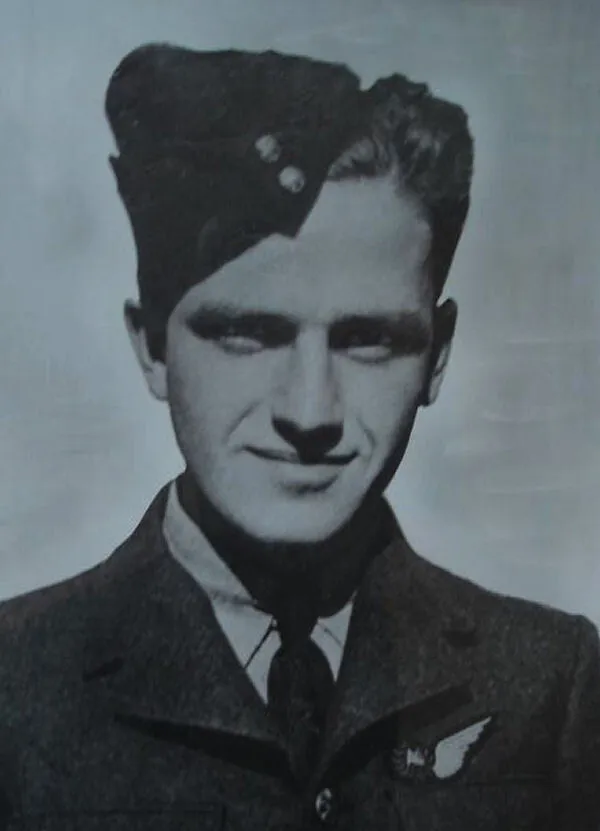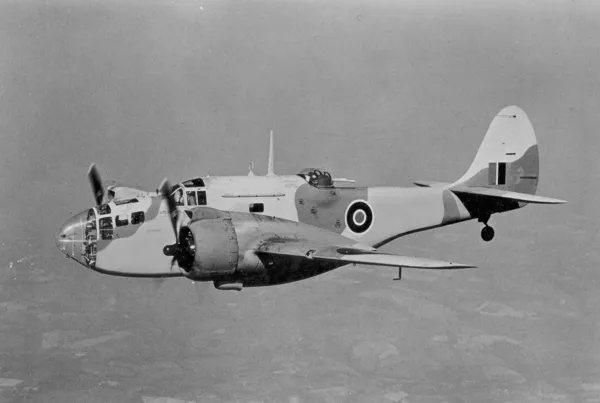Boyd, Victor Leslie (Sergeant)
Killed in Action 1943-May-04


Birth Date: 1921-February-16
Born:
Parents: Sqn Ldr William Henry Boyd, RCAF, & Anne Elizabeth R. Boyd
Spouse:
Home: Toronto, Ontario (parents)
Enlistment:
Enlistment Date: unkown date
Service
RCAF
Unit
69 Sqn- Squadron (RAF)
With Vigilance We Serve
Base
RAF Luqa, Malta
Rank
Sergeant
Position
Wireless Air Gunner
Service Numbers
R/71778
Target
Crew or Other Personnel
Baltimore AG725
Baltimore serial: AG725

USAAF - Official U.S. Air Force photo 051122-F-1234P-023
The Martin 187 Baltimore was a twin-engined light attack bomber built by the Glenn L. Martin Company in the United States as the A-30. The model was originally ordered by the French in May 1940 as a follow-up to the earlier Martin Maryland, then in service in France. With the fall of France, the production series was diverted to Great Britain and after mid-1941, supplied by the U.S. as Lend Lease equipment.
Development of the Baltimore was hindered by a series of problems, although the type eventually became a versatile combat aircraft. Produced in large numbers, the Baltimore was not used operationally by United States armed forces but eventually served with the British, Canadian, Australian, South African, Hellenic and the Italian air forces. it was subsequently used almost exclusively in the Mediterranean and Middle East theatre of World War II. Wikipedia